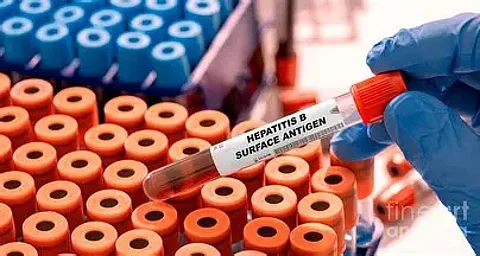

In a move welcomed by blood centers, the U.S. Food and Drug Administration (FDA) has announced plans to eliminate the requirement for hepatitis B surface antigen (HBsAg) testing in donated whole blood and blood components—provided that two other tests are already in use.
According to newly released draft guidance, the FDA stated that HBsAg testing is not necessary when blood donations are screened using both nucleic acid testing (NAT) and anti-hepatitis B core antigen (anti-HBc) testing. However, the agency recommends that HBsAg testing continue for source plasma, which is not subject to anti-HBc screening.
The FDA cited data showing that NAT is highly effective in detecting acute or ongoing hepatitis B infections, while anti-HBc testing is useful in identifying chronic or occult infections. Together, these two tests offer comprehensive protection against hepatitis B transmission through blood transfusion.
The decision is backed by America's Blood Centers, a national network of community blood centers, which said removing the requirement for HBsAg testing would ease unnecessary regulatory burdens. According to the organization, the move could result in annual cost savings of $15 million to $22.5 million without compromising blood safety.
“We urge the FDA to continue reviewing and eliminating outdated or redundant testing requirements that no longer enhance the safety of the blood supply,” said Kate Fry, CEO of America’s Blood Centers.
The FDA referenced studies published by the American Red Cross in 2013 and 2018, which examined the effectiveness of a three-test hepatitis B screening approach. Out of approximately 35.1 million donations screened between July 2009 and June 2015, only eight samples were negative by NAT and anti-HBc but positive by HBsAg. Of these, two were confirmed false positives, while the remaining six likely had extremely low or negligible levels of hepatitis B virus DNA.
The FDA’s proposed update reflects growing evidence that modern testing methods are sufficient to maintain a safe and reliable blood supply without the need for overlapping and costly screening procedures.